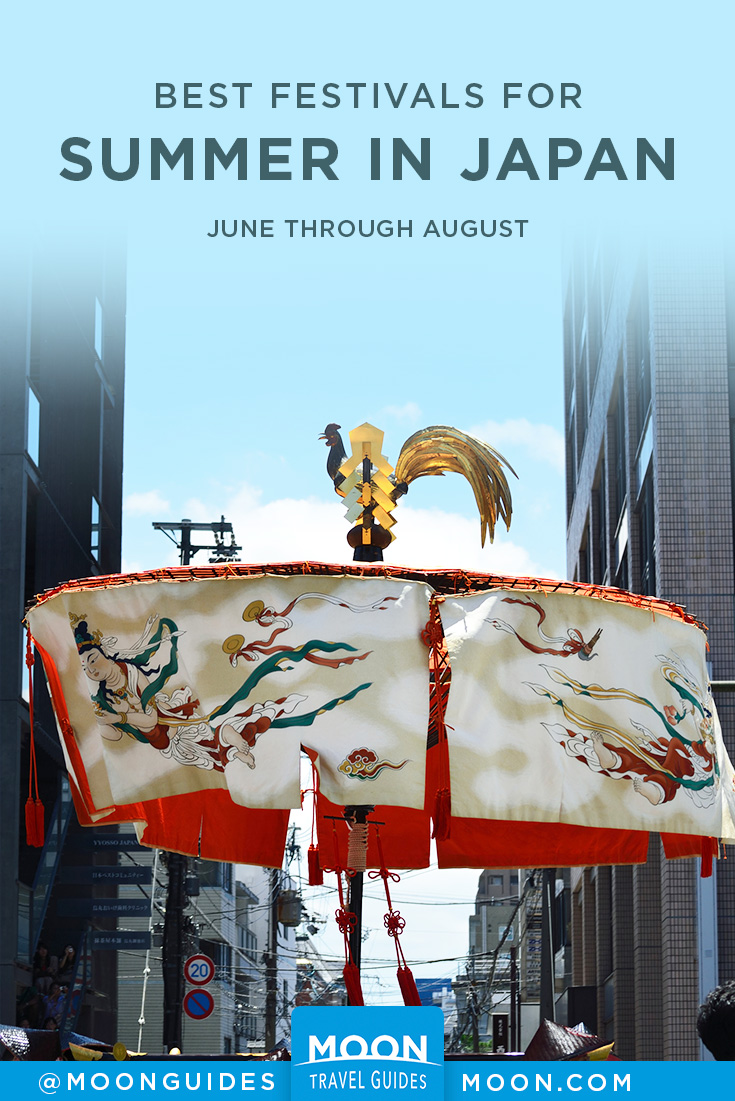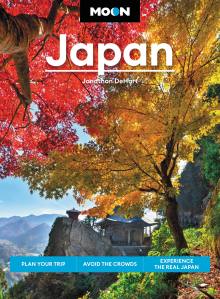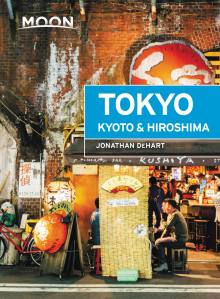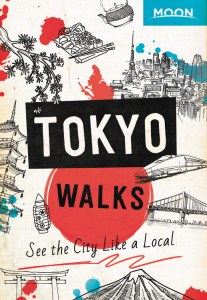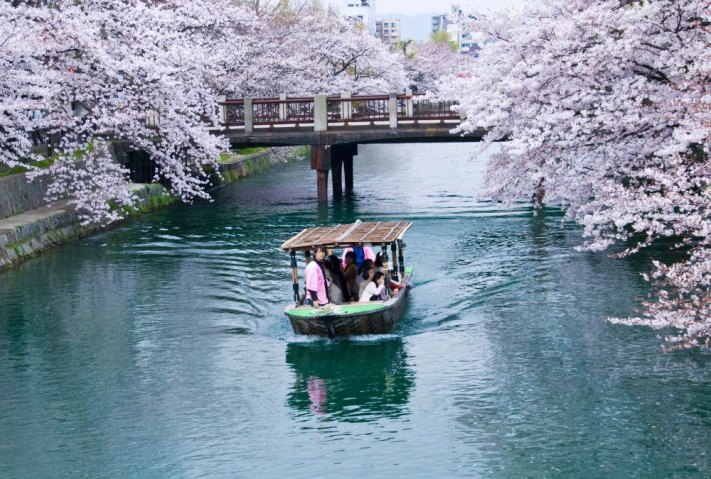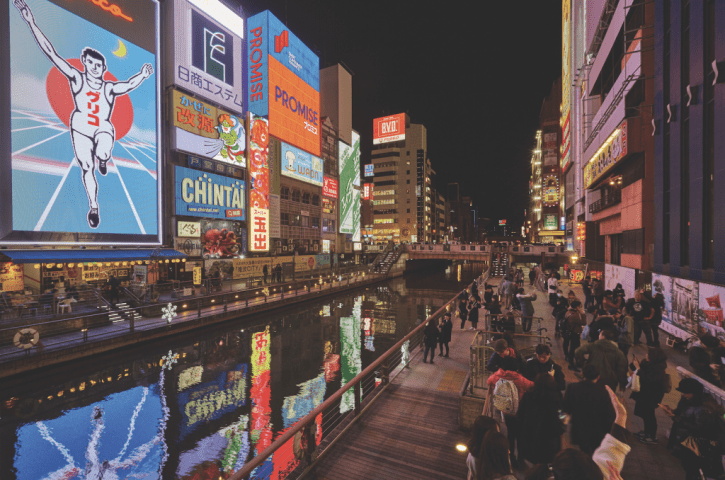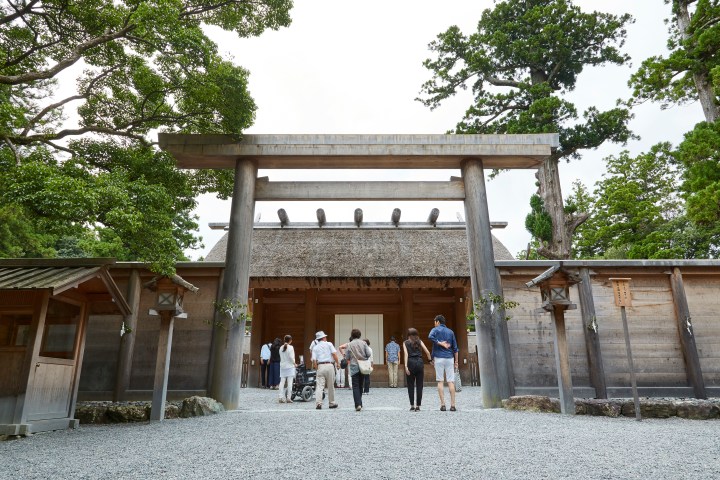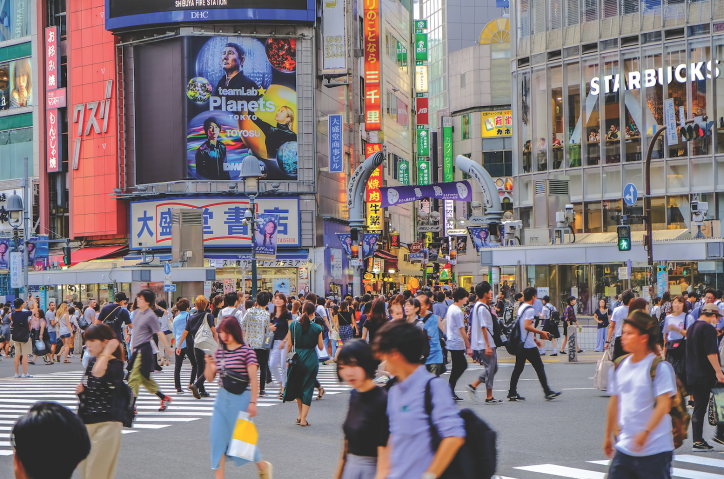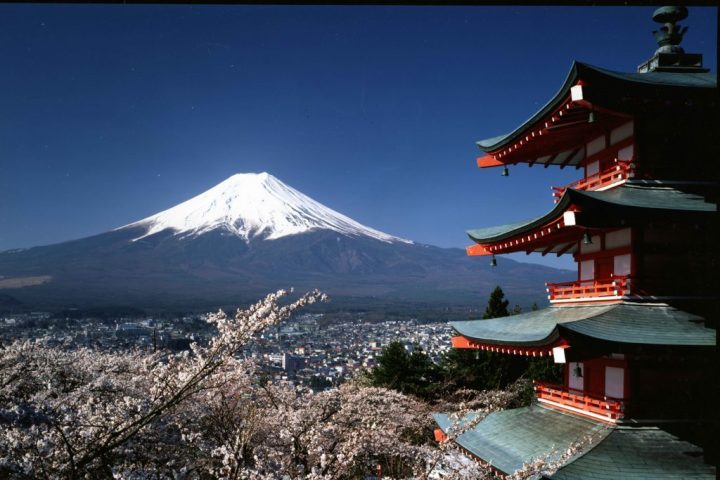Japan’s Best Summer Festivals
Throughout the year, matsuri (festivals) are held in every corner of Japan, commemorating historical events, nodding to the seasons, celebrating historic personalities, revering kami (gods), and carrying out Buddhist rites. If you can work a Japanese festival into your itinerary, you’ll be rewarded with a glimpse of the country that escapes most visitors. Here are the best festivals you won’t want to miss in June, July, and August.
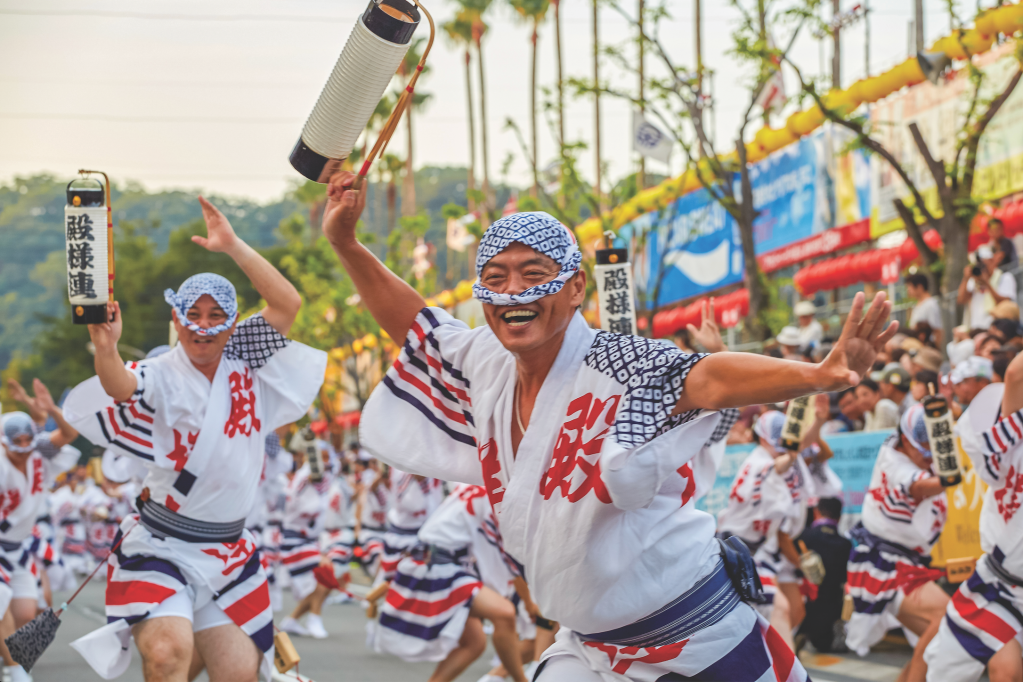
Festivals in June
Hyakumangoku Matsuri in Kanazawa
When: early June
The city’s biggest festival, spanning three days in early June each year, commemorates Kanazawa’s founding by Lord Maeda Toshiie on June 14, 1583. A procession of locals in 16th-century attire marches through the streets, a special tea ceremony is held in a variety of styles, Noh is performed in the ethereal glow of torch light, 1,500 floating lanterns drift down the lazy Asano-gawa, and thousands of youngsters advance through the streets bearing red lanterns and beating taiko drums.
Festivals in July
Gion Matsuri in Kyoto
When: throughout July
One of Japan’s most iconic festivals, Kyoto’s Gion Matsuri takes place during the sweltering month of July each year. It is rounded off with a parade of truly astounding floats pushed through the streets of Gion by revelers in traditional garb. The festival culminates July 14-17, when Kyoto’s city center is blocked off to traffic and residents mill about in yukata (summer kimonos), drinking beer and nibbling on grub from food stalls.
Hakata Yamakasa Gion Matsuri in Fukuoka
When: July 1-15
Fukuoka’s biggest festival, a festive atmosphere builds July 10-14, with parades and practice runs taking place, until 4:59am on July 15, when seven teams of men—one for each of Hakata’s seven districts—clad in loincloth-like fundoshi transport multilevel floats known as yamakasa, which depict figures and scenes from the city’s past, on their shoulders.
Tenjin Matsuri in Osaka
When: July 24-25

Regarded as one of Japan’s three blowout festivals, practically all of the city participates in this massive festival. Following a ritual and prayers on the first day, the festival reaches a crescendo on the second day when (starting from around 3:30pm) locals wearing traditional garb pull opulent portable shrines the size of cars, known as mikoshi, from Tenmangū through the surrounding streets, then proceed to glide through the Ō River in swarms of boats. The evening ends with a huge fireworks show along the Ō River.
Matsumoto-jō Taiko Matsuri in Matsumoto
When: last weekend of July
During the last weekend of July every year, some of Japan’s best taiko, or traditional drum, troupes converge on Matsumoto to beat hearty rhythms with hefty batons. Their high-energy performances against the stunning backdrop of one of Japan’s most pristine original castles make for an impressive introduction to Japan’s rich tradition of percussion.
Festivals in August
Aomori Nebuta Matsuri in Aomori
When: August 2-7
Every August in Aomori city, reaching a crescendo the night of August 5, locals parade large, luminous papier-mache lanterns through heaving streets. The ornate floats depict samurai warriors, mythical figures, animals, and more. Revelers fill the streets wearing colorful, lightweight yukata, nibbling on summer fare—yakitori, grilled corn—and downing beers.

Kantō Matsuri in Akita City
When: August 3-6
The Kantō (“pole lantern”) festival is among Japan’s most visually impressive summertime spectacles. Daytime events are held around town, but the real buzz surrounds the nighttime performances that take place as dusk falls. Some 230 bamboo poles are hoisted aloft by Akita citizens, young and old, to the sound of flutes, shouts, and taiko drums. Topped with up to 46 lanterns warmly lit by candles within and sacred offerings of intricately cut white paper known as gohei that flap in the breeze.
Tanabata Matsuri in Sendai
When: August 6-8
It’s all about love at the Tanabata Matsuri (Star Festival), one of Tohoku’s biggest summer festivals. Kicking off the festivities on the evening of August 5 (from 7pm), upward of 15,000 fireworks are launched in Nishikōen, next to the bank of the Hirose River on the west side of town. The streets fill with sentimental revelers who are encouraged to (literally) wish upon a star by writing out their desires on paper strips known as tanzaku, which are then affixed to bamboo strewn throughout the city, and to freely reveal their bottled-up feelings.
Yosakoi Ōdori Matsuri in Kōchi
When: August 9-12
Kōchi’s flamboyant, kinetic Yosakoi Matsuri is one of the 10 largest festivals in Japan, and the energy level doesn’t disappoint. Consecutive waves of dance troupes dressed in colorful costumes jump, shout, and groove through the city’s downtown streets, fill covered shopping arcades, and perform in parks, on stages next to the castle, and various other locations.
Awa Odori Matsuri in Tokushima
When: August 12-15
The Awa Odori Matsuri takes place during Ōbon, Japan’s festival of the dead, when everyone traditionally returns to their hometown to honor their ancestors; it’s as much a remembrance of those who have passed. The formula is simple: don geta (wooden sandals), a vivid yukata and follow the lead of those around you, dancing in unison.
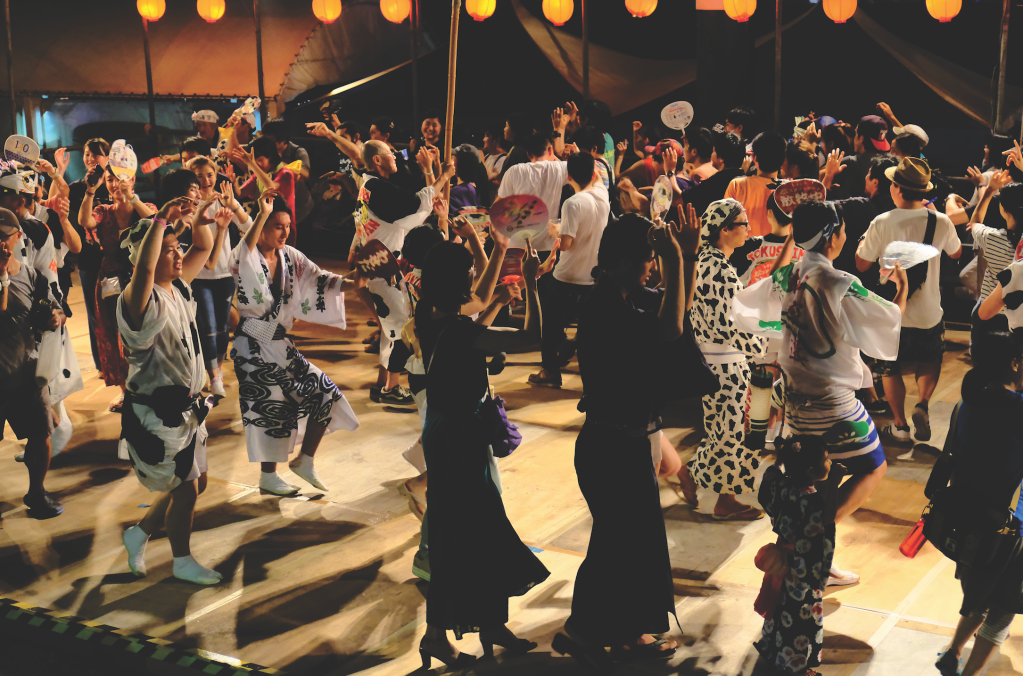
Shōrō-nagashi (Spirit-boat Procession) in Nagasaki
When: August 15
On the last night of the Ōbon festival, locals parade floats, impressively made from wood, bamboo, and other natural materials, through the city, before releasing them into the harbor. These glowing barges are said to carry the spirits of the ancestors, symbolized by the lanterns they are topped with. As they drift farther offshore, they are naturally subsumed by the waves.
Daimon-ji Gozan Okuribi in Kyoto
When: August 16
Another iconic Kyoto summer festival, this is an occasion to bid farewell to deceased spirits believed to visit the living during the holiday of Ōbon, celebrated in mid-August in Kyoto. Blazing fires in the shape of Chinese characters are lit and left to burn for about 40 minutes on the slopes of five mountains surrounding the city.
Kōenji Awa Odori in Tokyo
When: last weekend of August
Kōenji Awa Odori is a pulsating, fun, and rowdy festival, by far Tokyo’s best awa-odori dance festival. Although not quite as large as the one in Tokushima, more than 1 million people flock to the suburb of Kōenji to watch as troupes of drummers, flutists, shamisen players, and dancers weave through the neighborhood’s streets. This is one of my personal favorites.
Start planning your adventure today:
By clicking ‘Sign Up,’ I acknowledge that I have read and agree to Hachette Book Group’s Privacy Policy and Terms of Use
What to read next:
Pin it for Later
